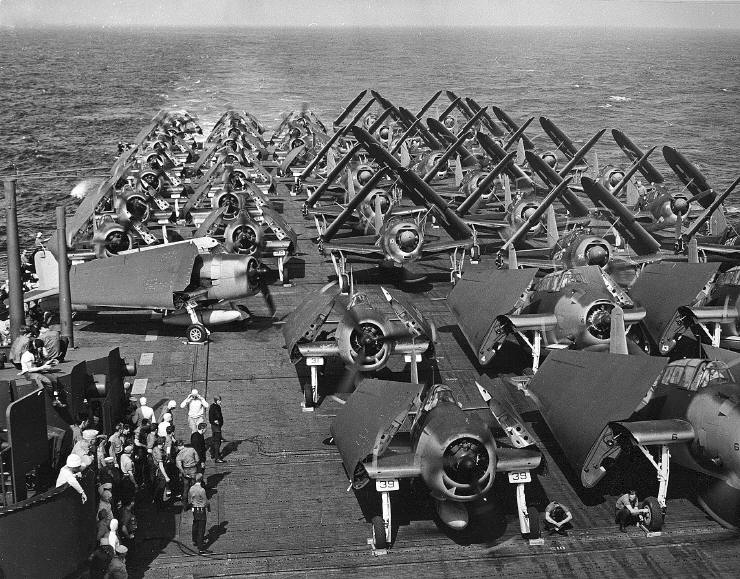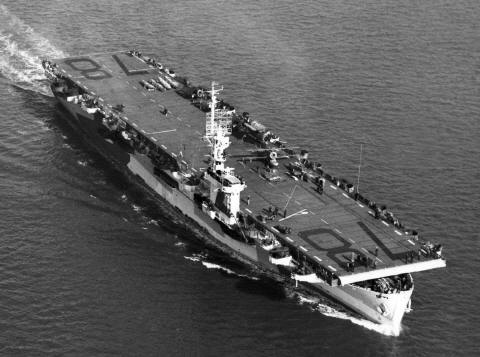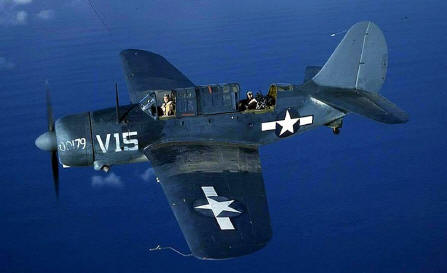Colors of
the US Navy 1941-1945 –
Facts, Backgrounds
|
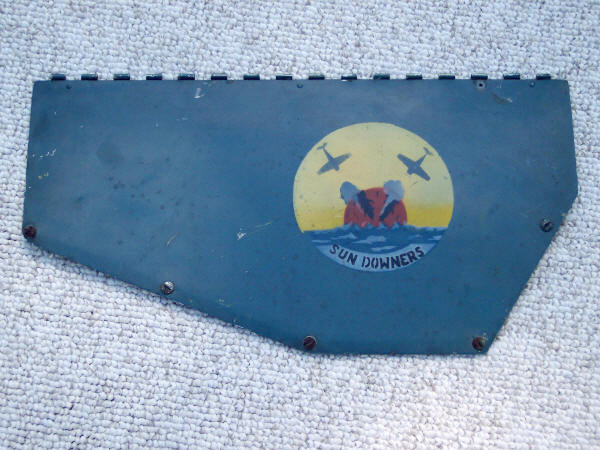 |
|
|
|
Blue Gray service panel, removed after end
of 1th combat tour by LT. William Leonard |
|
Foto by Rich Leonard, son of William
Leonard |
|
|
|
Other original photos: US National
Archives, US Navy |
|
|
|
|
|
|
Colors of US Navy and US Marine Corps Combat Aircraft |
|
Comparison between
Federal Standard FS 595a and Army/Navy Bulletin 157/166 |
|
|
|
US Navy colors are actually no problem.
They were specified by the Bureau of Aeronautics of the US Navy (short: BuAer)
and can be determined without any doubt by means of the underlying colour tables.
Some well-known manufacturers (e.g. Vallejo) have model colors in their program.
Unfortunately, myths and ignorance of the course of the war make things more
difficult than necessary. Navy planes were not dark blue, almost never stationed
on an island and in the middle and north Pacific the scorching tropical sun did
not play a major role.
US Army and US Navy/Marine Corps had a common enemy, but increasingly went their
separate ways (which was also reflected in the appearance of the aircraft):
Exterior paint:
Photos from that time are certainly a great help, but you mustn't be fooled. The
orthochromatic black-and-white film that was most commonly used at the beginning
made blue appear lighter, yellow darker. The airplanes thus appear brighter than
they actually were. With color film you had to use different filters for one
print and not every lab technician was familiar with the right colors (see the
often published photo of a TBF Avenger in light green). Post-colored black and
white photos are especially problematic. If a wood-coloured flight deck can be
seen, it is obvious that here not knowledge, but conjecture led the hand. Flight
decks were camouflaged. Modern restored machines are not always a model for
detail.
The directives issued by the Bureau of Aeronautics (BuAer) (I will spare you
their respective reference numbers) were only taken into account in the new
production. Machines that had already received a paint job at the factory were
allowed to be delivered. So a Corsair in "Blue Gray"/"Light Gray" could still be
seen at the end of 1943. As the colour of the interior was not specified for a
long time, every manufacturer had a free hand, so it was by no means always "Interior
Green", but of that later.
The respective directives were valid for all types of missions, including
multi-engine and US Marine Corps.
|
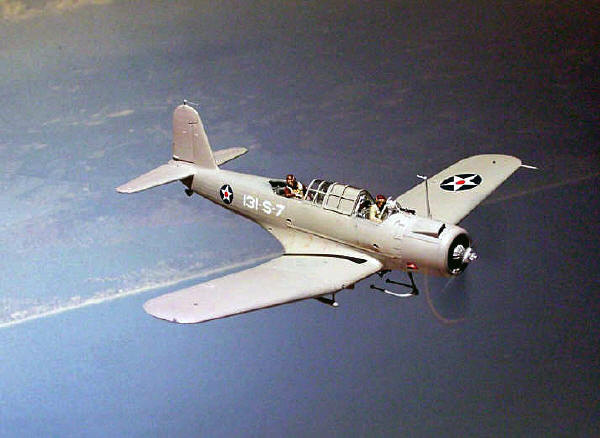 |
|
SB2U Vindicator from VS-131 in
Neutrality Paint. |
|
Model by Wilfried Eck |
|
|
|
Exterior paint, Blue Gray
over Light Gray:
|
|
|
|
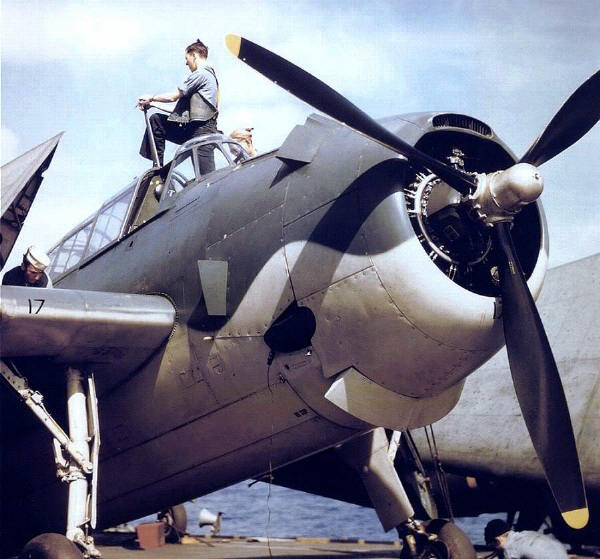 |
| This
TBF-1 shows the early Blue Gray over Light Gray paint scheme, |
|
Demarcation line wavy as prescribed. |
| |
|
|
|
Patrol planes flew already during the official neutrality of the USA with
blue-grey camouflaged topsides, while the rest were still sprayed completely
"Light Gray" ( FS 36440, ANA 602). With directive of 13.Oct.1941 "Blue Gray"
was then ordered for all mission types for the topsides incl. vertical tail.
The undersides remained as before in "Light Gray".
"Blue Gray" is a problem in that it was a description, not an official
colour at that time. Accordingly there were variations due to the
manufacturer, but all of them are aptly described in blue grey. The colour
tone is strong, much darker than most "profiles" show. So even with (rare)
weathering, a variation of blue-grey always remained, neither stone-grey nor
light blue.
The separation of top and bottom colour had to be wavy, which is a good help
to distinguish it from the later three-colour coating, although in the
course of production a straight, running separation became more and more
common. Wing undersides, which could be seen from above when folded (e.g.
TBD, F4U), were given top side colour.
The "Sea Gray" listed in the ANA table of 28.Sep.1943 under No. 603
corresponded to the "Blue Gray", but was too late as specification.
The fact that "aging" played almost no role can be seen from the above photo
of an old original F4F-4 maintenance panel.
By the way: All machines involved in the Battle of Midway had relatively new
paint without any paint damage. Star without red dot and without red-white
stripes on the rudder (see "US Navy II marking"). The blue of the national
emblem (FS 15044, ANA 605) was very dark, almost black.
|
Exterior Paint, "Tri Color":
|
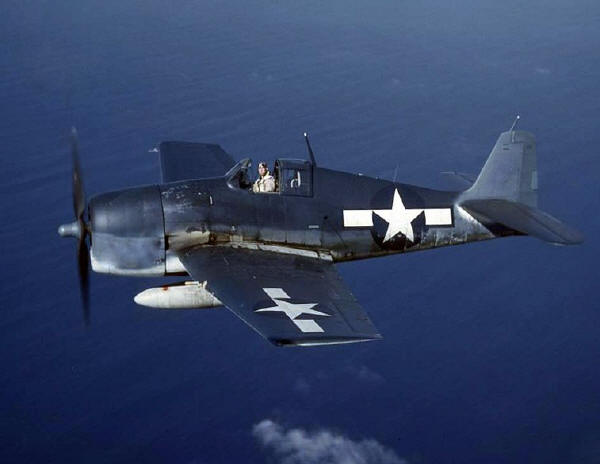 |
|
Stateside F6F-3 Hellcat
in tricolor paint scheme. |
|
See also exhaust streak in light gray. |
|
Cowling shows non
standard hand
painted "Intermediate Blue" |
|
|
|
Since blue-grey/light grey did not correspond optimally to
the conditions in the Pacific, the so-called three-colour paint was introduced
on 01.Feb.1943. Here the upper side facing the light and the shaded underside
were to be adapted to each other by a gradual transition. For the upper sides
the very dark "Sea Blue" was intended, for the lower sides "Insignia White" (FS
37875). On the sides of the hull both colours had to gradually merge into one
another until half of the average value of both was obtained. In practice the
sides were then sprayed "Intermediate Blue" (FS 35164). This was also the colour
of the vertical tailplane and the lower wing panels visible from above (outer
wing of the F4U, SB2C). In addition to this the lower surfaces shaded by the
wings and tailplane had to be lightened with "Insignia White".
"Sea Blue" was by no
means - as widely assumed - pure dark blue. Until sufficient quantities of FS
standard colours were produced, there were recommendations for mixing existing
colours, e.g. 4 parts dark blue, 5 parts "Insignia Blue" (black blue), 2 parts
black and 1 part white; in another one, 5% green took the place of white with
modified mixing proportions of the remaining colours.
"Sea Blue" was to be applied in two versions: "Non Specular"
(FS 35042, non glossy) for the upper side of the fuselage, "Semi Gloss" (FS
25042, semi-gloss) for wings and tailplane. According to the specification, the
leading edges of the wings should have a five percent "Non Specular" transition
between top and bottom, but in fact Avengers and Helldivers seem to have adopted
the practice of spraying "Intermediate Blue" with a soft transition).
The separation between the upper "Sea Blue" and the "Intermediate Blue" of the
fuselage sides was horizontal on the first SB2C-3 Helldiver and TBF-1 Avenger,
later it became common practice to keep the area between cockpit and wings in "Sea
Blue", ending in an arc at the front and rear (see photo below right).
Since the arrangement of the BuAer referred only to new productions, it took
some time until machines in the new three-color paint scheme reached the task
forces (First to see on 31.Aug.1943 on F6F-3 of VF-5 during the raid on Marcus
Island). On the photo on the left, one that has already passed its best time.
|
The new paint scheme can be
distinguished very easily when one pays attention to the vertical stabiliser. In
the earlier scheme it was the same color as the upper sides of the fuselage. In
the new three color scheme the vertical stabiliser adopted the color of the
fuselage sides and was much lighter therefore. The difference is to be
seen in the photos below, showing aircraft from VF-17 testing the carrier
suitability on board the
"USS Charger" (CVE-30, photo at left)
and
CV-17 "Bunker Hill". If one assumes every US Navy aircraft
to be painted dark blue the aircraft "17-F-6" seems to be faded. But this would
be a gross misunderstanding. In both cases VF-17 were fresh from the factory,
brand new.
|
Exterior paint, "Glossy
Sea Blue":
|
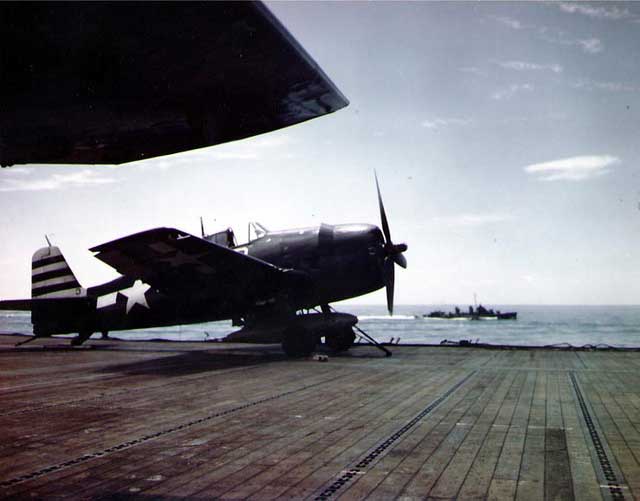 |
|
F6F-5 Hellcat in "Sea Blue" paint with
tail marking denoting CV-15
"Randolph", March 1945 |
|
|
|
|
|
From 13.03.1944 on "Glossy Sea Blue" (FS 15042) was ordered
over the whole cell for all ship based fighters in the Pacific. Probably to
simplify the production, but also because the Japanese Navy Air Force hardly
played a role anymore. From 26.06.1944 extended to all ship based types, from
30.12.1944 also to patrol aircraft. To avoid glare the area in front of the
windshield was allowed to be kept matt.
Comparing the numbers of the FS 595a it becomes clear that no new colour was
introduced here at all. "Glossy Sea Blue" (FS 15042), "Semi Gloss Sea Blue" (FS
25042) and "Non Specular Sea Blue" (FS 35042) differ only in the first digit.
This, however, only indicates the degree of gloss. In terms of colour tone, it
was therefore the same colour. Glossy Sea Blue" appears darker simply because of
the different refraction and reflection.
"Glossy Sea Blue" is not to be understood as high-gloss,
"Non Specular Sea Blue" not as matt-blunt (only non-gloss). The difference in
the three degrees of gloss wasn't very big. Everything matt-dull would be wrong
in any case.
This robust paint remained until the Korean War and was also seen on the first
jets.
|
Atlantic theater paint:
Surveillance of the East Coast was
started during the period of US neutrality and later expanded, with the TBF/TBM
Avenger and FM-1/FM-2 Wildcat stationed on escort carriers in the South Atlantic
achieving a number of notable successes against German submarines.
Since the weather and lighting conditions in the Atlantic were different, the
initial blue-grey over light grey was only a stopgap, in the long run a
different camouflage scheme was necessary. The result was the same pattern as
the Pacific, but with different colour tones.
Upper sides "Non Specular Dark Gull
Gray" (FS 36231, a medium grey), pulled down to the wings in an arc; fuselage
sides incl. fin "Non Specular Light Gull Gray" (FS 36440), from 26.Jun.1944
replaced by "Non Specular Insignia White"), which obviously had been practice
before; lower sides "Glossy Insignia White" (FS 17875). For the North Atlantic
area from the beginning fuselage sides as well as fin "NS Insignia White". The
intended 5% of leading edges of wings and tail unit in "Insignia White" were
rather only used by patrol aircraft. Colour transitions are also running here.
|
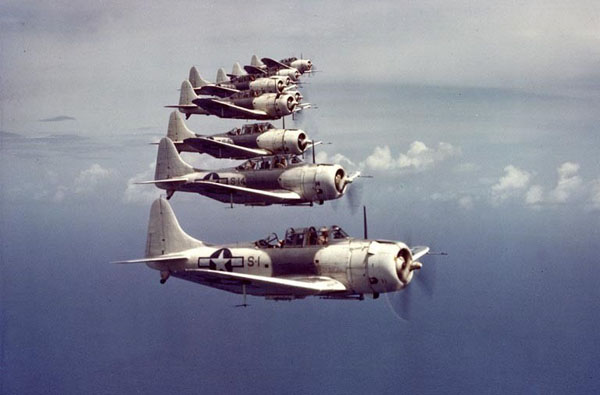 |
|
SBD-5 Dauntless parade, Caribean, 1944 |
|
Insignia White wraps around front edge of wings,
Prop partially "Insignia White" |
|
|
|
|
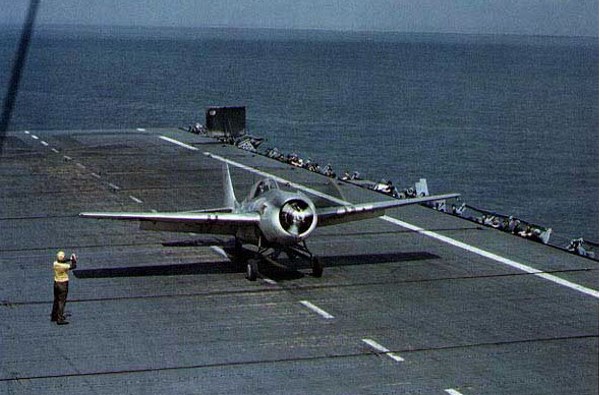 |
|
FM-2 Wildcat training on USS Charger, 05.08.1944 |
|
No white wing front edges, deck painted "flight deck stain"
, prop partially "Ins. White" |
|
|
National Insignia :
Inside
Colors:
The yellow-green zinc chromate was generally preferred as
corrosion protection for the inside of the cell. However, because this colour
was light-sensitive and not very resistant to abrasion, each manufacturer added
black or "Sea Blue" according to their own recipe and obtained a more durable
medium-green paint. "Interior Green" was therefore by no means always the
standard colour for interiors.
The BuAer saw itself mainly responsible for the exterior appearance, but from
26.Mar.1942 "Dull Dark Green" was recommended for the cockpit (a mere designation
without reference to ANA or FS tables). On 22.Dec.1942 "Interior Green" followed
(FS 595a No. 34151, ANA 611), but as the manufacturers were allowed to use up
existing paint stocks it took quite some time until "Interior Green" became
generally accepted.
In contrast, the licensed manufacturers Eastern im (TBM, FM-1, FM-2) and
Goodyear (FG-1) as well as Curtiss' SB2C can be expected to use it soon. Curtiss
and Brewster even thought Interior Green was to be applied to all interior surfaces and
sprayed the landing gear and -well as well as the folding points of the wings in
this way, contrary to the standard.
On 10.Oct.1944 "Interior Green"
was even restricted to the lower part of the cockpit. In the future the interior of the cockpit had to be "Instrument
Black" (FS 27038) from the lower edge of the instrument panel upwards (i.e.
restricting "Interior Green" to the sides of the consoles and the foot area). As far as can be
seen, this was also consistently implemented in production. If one looks closely
at photos of F4U-1D, F6F-5 etc. taken towards the end of the war in "Glossy Sea
Blue", one can see that the area visible behind the pilot's shoulders is darker
than it would be in "Interior Green". This colour scheme in connection with "Glossy
Sea Blue" was maintained beyond the end of the war until 1954.
Instrument panels and control panels throughout "Instrument Black" (FS 27038).
The inner structure visible after folding or folding down
the wings was (except Curtiss) in the colour of the underside or in a
combination (Grumman liked the front part of the outer wings "Intermediate
Blue", rear part "Insignia White"). With "Glossy Sea Blue" everything was in
this colour.
Insides of dive brakes and landing flaps from 26.03.1942 and for a long time
after that in "Insignia Red" (FS 11136 resp. 31136).
The colour of the inner sides of bomb bays and flaps was still left to each
manufacturer, so that for lack of official directives a statement can only be
made on the basis of photos. Since this area is in the shade or anyway not
visible from the outside, the colour scheme must remain open. Documents of the
manufacturers are no longer available.
Landing Gear, Airscrew:
Standard for the landing gear, -wells
and -doors was: Colour of the undersides (deviating from the norm: SB2C
Helldiver "Interior Green"; early versions of the Wildcat had the lower parts up
to the hydraulic cylinder black). On the F4U Martin Waligorski from IPMS
Stockholm claims that the chassis was light grey, but since this is difficult to
verify on photos, I will leave it open without comment. At "Glossy Sea Blue"
everything was in this colour, metal-coloured rims were rather delivery-related.
The "Insignia Blue" for airscrews, which was common in the
pre-war period, was soon replaced by black, blade tips from 28.Aug.1942 on, instead of the previous Insignia Red/Orange Yellow/Insignia Blue now 4 inch in
"Orange Yellow" (FS 33538). Propeller hubs initially in natural metal, but with
the three-colour coating "Intermediate Blue" was standard for the Spinner, with
"Glossy Sea Blue" the same colour, from 10.03.1945 however replaced by "Non
Specular Black. Special feature of the Atlantic paint: The part of the propeller which is located in the opening of the engine cowling
"NS Insignia White".
Up to 06.Mar.1944, when "Non Specular Black" (FS 37038, ANA
604) was ordered, the interior of the motor cowlings was also left to the
manufacturer. Accordingly, all possible variations could be found: "Light Gray", "Insignia
White", "Interior Green", roughly in this chronological order, but with
exceptions and chronological transitions. As every manufacturer just liked. Of
course, there is no documentation of this anywhere. Most of the time, there are
not even work plans for the whole plane.
Fading,
ageing:
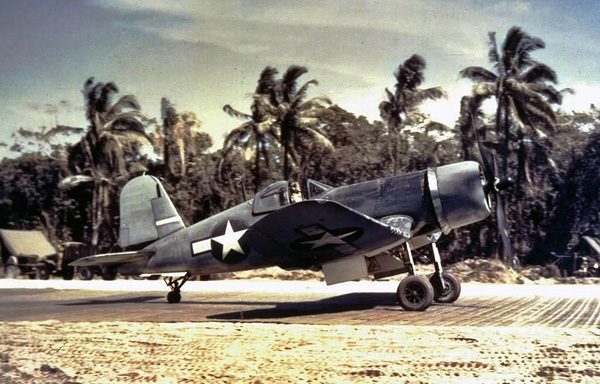 > > |
|
|
Ageing, i.e. fading of the colour was not
visible on carrier aircraft. As a rule, they were brand new and the carrier's
operational cycle was short (i.e. in early 1944 only one month). Also not
all aircraft were always on deck. With land-based squadrons (i.e. Marines)
the period of deployment was also limited, on average six months.
Incidentally, the colours were of industrial quality anyway. Colour changes
like the "Olive Drab" of the USAAF should not be generalized.
The reason why fading is thought to have occurred is ignorance of the colour
scheme, the assumption that all US naval aircraft were painted dark blue. If
the aircraft appears medium to light grey in a photo, it must have faded.
But this is a fallacy.
The F4U-1 Corsair in the photo on the left
is by no means faded. Since the vertical tail has the same colour as the top
of the fuselage, the aircraft has been delivered in the lighter "Blue Gray"
over "Light Gray". The darker front fuselage, which can often be seen on
Corsairs, is due to overflowing fuel and traces of engine oil. As far as
could be seen, narrow light stripes in this area were not markings, but
adhesive tapes for sealing.
"Paint flaking": On land-based F4U Corsairs it was not uncommon to find
signs of abrasion (scratches!) in the area of the wing bend. Gradual scraping of wing leading edges and propellers could occur
due to coral dust, but only gradually, not with sharply defined edges. On
the other hand, bare spots were not to be seen on seaborne aircraft. On an
aircraft carrier there are neither sand nor stones and
for reasons
of corrosion protection.blank spots would have been painted over immediately.
Moreover, paint applied ex works over a primer does not flake off by itself.
"Common paint flaking" is a model builder invention.
|
|
|
|
|
-----------------------------------------
Modelling: --------------------------------------
With the right colors a lot has already been
gained. But when you have searched for the best kit and got the right colours,
it makes little sense to show the model as it did not look like in reality. It
starts with excessive "aging" and ends with a diorama, in which a Hellcat with
marking of an aircraft carrier unit is standing under palm trees.
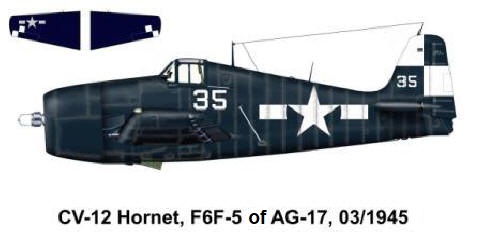 |
| Aircraft used on aircraft carriers - and only there -
were increasingly recognisable from autumn 1943 onwards by geometric
markings on the vertical tail. 1945 always, now identifying the carrier. On the left a Hellcat with the
markings assigned
to CV-12 Hornet, two squares. |
| |
| All so-called "G-symbols" can be found on page "US
Navy markings 1942-1944" and "US Navy markings 1945" |
| |
| A carrier aircraft did not even stand ashore due to an
emergency landing, because such places were either too far away or
occupied by Japanese (exception on 25.Oct.1945 when aircraft from escort
carriers hit by Kamikazes were were forced to use the newly conquered
airfield Tacloban). |
| |
| All F4U Corsair in three-colour paint were
land based, their job being securing the conquered island and keep
Japanese aircraft busy when within range. Generally "clean-up" work.
|
| |
| |
|
|
|
|
|
|
WW II flight decks were, as
to be seen above and left, by no means wood coloured! The warships of all nations
were camouflaged. This also included the flight decks (in Japan e.g. in
shades of green, British lending-lease carriers like US).
The colours of US decks changed.
Simplified: Initially blue-grey, towards the end of the war to black-blue,
in each case approximately the colour of the aircraft sides.
Photo left: Escort carrier CVE-78 "Savo
Island" on a non-operational mission. The flight deck has nearly the same
colour as the surrounding sea.
If wood tones can be seen on a color photo,
this only proves that a black and white photo was incorrectly colored
afterwards.
For details see links at the bottom.
|
|
|
|
|
|
|
|
Exhaust stains, motor: |
| Very light gray, front with brownish tinge, see Hellcat
in tri cloor paint, above left. Narrowing towards the rear. |
| Not to be seen on aircraft with protruding exhaust pipes
(SBD Dautless, TBF Avenger, SB2C Helldivers and others). |
| For details, see
page A, "Exhaust
Stains". Also to
be seen: Streaks of burnt motor oil under the fuselage, burnt
lubrication oil behind ammunition exhausts on undersides of wings.
|
|
|
|
|
|
Exhaust stains, wing guns: |
|
|
|
|
|
|
Above the wings: Very light gray. With three weapons
next to each other not three narrow black stripes, but a broad light
band. See SB2C of a training unit in the photo on the left.
Under the wings (especially after the shell ejection
chutes): Shiny dark brown stripes (= mixture of oil and cordite).
For details, see
page A, "Exhaust Stains".
But don't overdo it. |
|
|
|
|
Harness: |
On all single engine models the shoulder belts ran over a crossbar behind/above
the seat back until ejection seats were introduced. |
|
|
Color linen, later khaki (this also
corresponds to the clothing) |
|
|
|
|
Display: |
The lack of suitable figures and parts for
folded wings makes the realistic presentation of an on-board US Navy machine
extremely difficult. The deck would then have to be camouflaged rather than
wood-coloured (link below).
The problem can be avoided by omitting the (carrier) tail unit markings and
attaching a not unattractive Naval Air Station letter-number identification
to the fuselage. See page "Markings 1942-1944". |
|
|
|
|
Recommended links:
Markings of the US Navy 1936-1945 (3 parts): US Navy Markings
I-III
About cockpit colours in general:
Article in webseite of IPMS Stockholm.
Color table Federal Standard:
http://www.ipmsstockholm.org/magazine/2006/01/stuff_eng_tech_fsserver.htm
Colour flight decks (end of
first page and continuation page):
https://www.shipcamouflage.com/5_3.htm
Deck Colors:
http://www.banksofthesusquehanna.com/Color_Charts/USN_ship_camo.htm
Ship and Deck colors:
https://www.48specialmodels.com/tips/color090.html
Carrier camouflage pattern (see
also deck color):
https://en.wikipedia.org/wiki/World_War_II_US_Navy_dazzle_camouflage_measures_31,_32_and_33:_aircraft_carriers#Colors
Pacific war chart with explanations:
Milestones of
the Pacific War
|




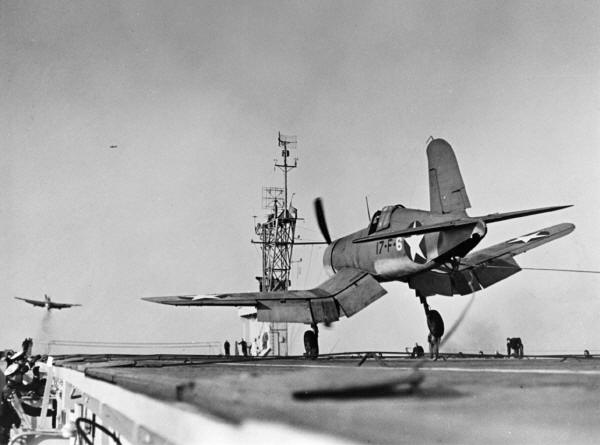
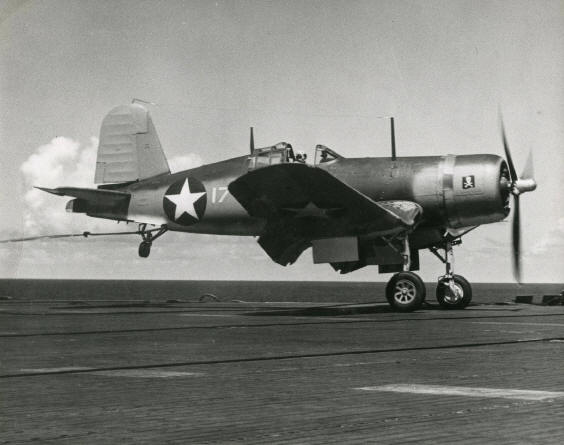



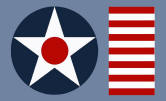
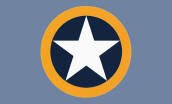

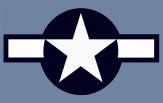
 >
>